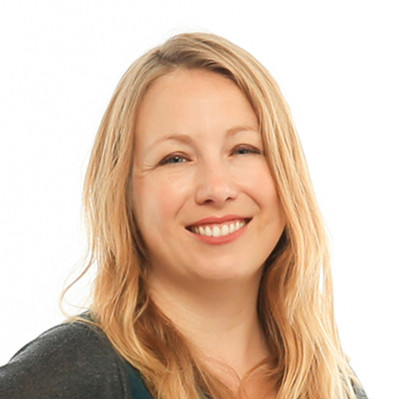It has been shown that women are especially effective leaders when it comes to combating global warming. Christiana Figueres and Tom Rivett-Carnac, architects of the 2015 Paris Agreement, report that “Nations with greater female representation in positions of power have smaller climate footprints. Companies with women on their executive boards are more likely to invest in renewable energy and develop products that help solve the climate crisis. Women legislators vote for environmental protections almost twice as frequently as men.”
For her latest book, COOL: Women Leaders Reversing Global Warming, Bay Area resident Paola Gianturco and her 12-year-old granddaughter and co-author, Avery Sangster, interviewed and photographed heads of grassroots organizations, activists, politicians, corporate executives, scholars, and presidents of nonprofits in 10 countries. Gianturco has documented women’s lives in 62 countries and published six books; she codeveloped and taught Executive Institutes on Women and Leadership at Stanford University, and served on the Board of the Association for Women’s Rights in Development. In 2017, the YWCA inducted her into the Marin Women’s Hall of Fame. We spoke with Gianturco about her new book:

Why did you decide to highlight female climate leaders in this book?
Paola Gianturco (PG): “All too often, women’s activism around the world is virtually invisible, so I wanted to shine a spotlight on their work. Also, I hoped that their stories and suggestions would inspire readers to take climate action since, although people are aware of climate change, they are not yet taking enough action to stop it. Women leaders globally are showing us the way to a sustainable future, but no one had yet created a book that features them internationally. In doing research for COOL, I discovered new studies that document the fact that women are particularly effective at causing positive environmental change. Three examples: countries led by women, companies that have women on their boards, and investment firms with women top executives.”
You wrote the book with your granddaughter. How did that come about?
PG: “Avery lives in Los Angeles, and had seen wildfires incinerate the hills adjacent to the 405 freeway two years in a row. She organized her sixth-grade classmates and created a website that would educate and inspire kids to take climate action. Then she and I discussed what steps she might take next. We found that the two of us were equally passionate about global warming, and agreed to collaborate to create the book. Frankly, I couldn’t imagine writing about climate change without including a young person’s perspectives: teens around the world are centrally important to raising awareness of the issues and engaging people to act.”
It must have been an amazing experience speaking with all these influential women. What was your favorite thing about working on the project?
“It WAS an amazing experience interviewing and photographing 27 women climate leaders in 10 countries. We interviewed women planting mangrove trees in Sri Lanka, the Lord Mayor of Sydney Australia, an Inuit activist in the Arctic, and the VP of Lego in Denmark, who is inventing bio-plastics. One aspect I particularly enjoyed was getting to know the women a bit, since, in addition to being inspiring, effective leaders, they are interesting individuals. I also enjoyed working with my then-12-year-old granddaughter, whose fresh perspective and good ideas taught me a lot.”
What can people do to help fight climate change?
PG: “All of us must cut back on burning coal, oil and gas, which generates the emissions that trap the sun’s heat, causing global warming which, in turn, causes climate change. Every chapter in the book ends with three to six specific action ideas from the women leaders about what people can do. Their ideas are consolidated on the ACT page of the project website.
Avery and I are also taking action: we’ll plant a tree for every book that’s sold, plus 100% of our author royalties will go the Women’s Earth Alliance to provide seed funding to women around the world who are launching businesses and nonprofits that aim to reverse global warming.”
Paola Gianturco will be at Book Passage Corte Madera Sept. 25th at 4 p.m.
For more from Better:
- Exploring the Art and Culture of Fermentation Around the World With Bestselling Author Sandor Katz
- How to Start a Book Club — Tips From the Founder of the Marin Wine & Book Club
- Ultramarathon Legend Dean Karnazes Revisits an Old Running Challenge in His Latest Book

Jessica Gliddon is the Regional Content Director for Marin Magazine and Better Bay Area. An international writer and editor, she has worked on publications in the UK, Dubai and Cape Town. She is a graduate of UC Santa Cruz, and is the former editor of Abu Dhabi’s airline magazine, Etihad Inflight. When she’s not checking out the latest exhibit at SFMOMA or searching out the best places to eat and drink near her home in San Francisco, she volunteers at the Marine Mammal Center in Sausalito.

